What is coffee and tea? How does coffee and tea taste? What is the origin of coffee leaf tea consumption?
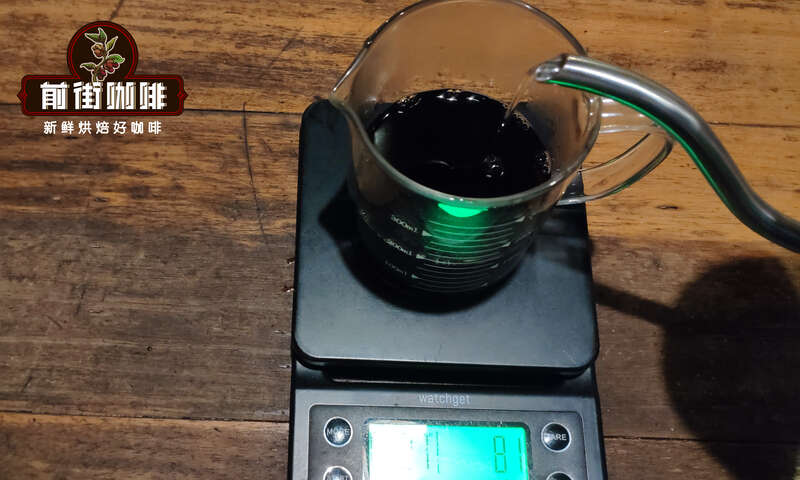
The most valuable part of the coffee plant is its cherry. After harvest and processing, it provides us with beans that have been baked, ground and brewed. But what about the rest of the factories?
Usually, when a coffee plant is pruned or pruned, its stems, branches and leaves are thrown away. However, in some parts of the world, the leaves are picked and boiled to make coffee and tea.
The Origin of Coffee Leaf Tea consumption
Coffee and tea have been drunk in Sumatra, Ethiopia, Jamaica, India, Java and Sudan for centuries.
From the 16th century to the 19th century, Ethiopian farmers reserved harvested coffee for special rituals for trade or consumption. As a daily drink, Ethiopian Harari prefer "Kuti".
Kuti is made by boiling coffee beans in hot water, sometimes with a little salt or some sugar. It is usually boiled for at least 30 minutes, because it is thought that the longer the leaves are boiled, the sweeter the beer will be.
Tea has some similarities with green tea, but it is simpler and sweeter. It contains less caffeine than green tea and has historically been thought to cure or relieve cold symptoms because of its high levels of antioxidants.
In the 19th century, Dutch colonists transported coffee plants to designated agricultural areas in Indonesia. Coffee plantation workers are forbidden to drink the coffee they harvest, so they drink something called "kawa daun".
Kawa daun is made by drying coffee beans in the sun to reduce their bitterness. Then smoke and bake for a few hours. Finally, soak them in boiling water and put them into coconut shells. Today, Sichuan tofu is usually made of sugar, condensed milk and ginger. Sometimes, bamboo may be added, or eggs may be stirred.
Although some people tried to introduce coffee and tea to Europe in the 19th century, it did not succeed. However, in recent years, it has achieved some success in western markets, thanks in part to its so-called health benefits.

How does coffee and tea taste?
One of the biggest obstacles to drinking coffee and tea is that most people think it will taste like coffee. Lina Sazanauskaite is the marketing manager of Impact Roasters, a coffee roaster in Warby, Denmark. "even if it's made from the leaves of a coffee plant, it tastes completely different from coffee," Lina told me.
"before we tried tea for the first time, most of our customers thought it should taste a bit like coffee. But there's not even the slightest sign of coffee. " Just like coffee, the taste of coffee and tea varies according to where and how coffee grows.
We also spoke with producers in the Markara region of Honduras. They have been experimenting with coffee leaf tea and advised them to prefer organic coffee plants.
Even if drinks are often compared with green tea, it should be noted that coffee leaf tea is not tea at all.
All "real" teas come from camellia. Since coffee leaves do not come from this plant, drinks made from coffee are technically "rotten dregs", such as Ruyibao or chamomile.
Mateusz Petlinski is responsible for the quality of coffee and tea in R ö stereiVIER, in D ü sseldorf, Germany, Coffee Roastery coffee cakes and tea importers. "the problem is that we don't have a good word to describe it," he said. "Infusion" sounds too much like a medical term to be popular. As a result, in the case of coffee and tea, accessibility currently exceeds the taxonomy. "
Mateusz currently buys tea from Bente Luther-Medoch 's Machare Estate in Tanzania. He described it as having a "smooth body, low astringent taste and high sweetness".
"you can find vanilla, honey, pipe and rich earthy notes," Mateusz explained. "the cup is pink copper, bright and full of vitality. Compared with most black teas, it has a higher sweetness and balance, but lacks a sense of freshness. Obviously, it doesn't taste like coffee. "
Although coffee shops and ovens like Mateusz import and sell coffee tea in small quantities, the largest and most famous Western coffee tea is sold by Canadian beverage brand Wize. Wize offers beverages on a large scale, and its tea is currently available in more than 30 countries.
Their latest product, iced tea with coffee, won the best new product award at the 2015 World Tea Expo. At present, the drink has mango, original or grapefruit flavor and is made from leaves purchased from Nicaragua.
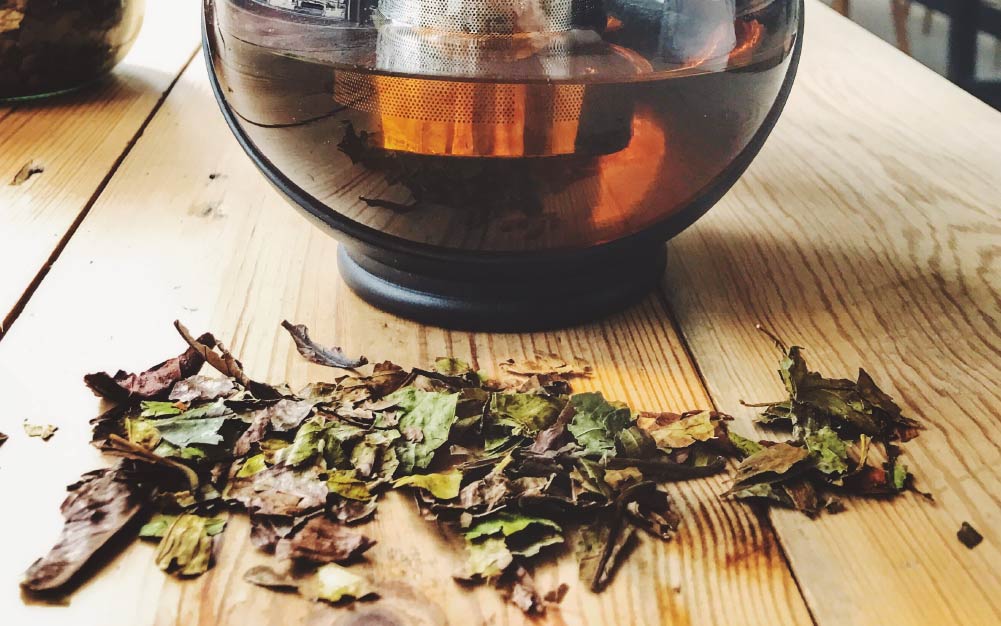
What are the benefits to the producers?
As we all know, despite the high international demand for coffee, producers still need to solve many problems in the supply chain, including price fluctuations and Covid-19.
Coffee is harvested for only a few months a year, depending on the harvest season in the country. This may leave many producers and workers out of work (and income) for most of the year.
However, some producers have decided to diversify the crops they grow and sell. Due to the continuous production of coffee leaves, if there is demand, producers can harvest coffee in the off-season.
Daniel Hallala, founder of Impact Roasters, grew up in Ethiopia. He told me that he often drank coffee and tea. "in Ethiopia, [coffee tea] is widely used by agricultural workers because of its stimulating and refreshing effects," Lina explained. " "however, after the pruning process, tea can also be used to generate income for coffee growers."
If the demand for coffee and tea there grows and becomes huge, it could provide another smaller source of income for producers. Crop diversification is an excellent opportunity for producers to become more sustainable and stable throughout the off-season.
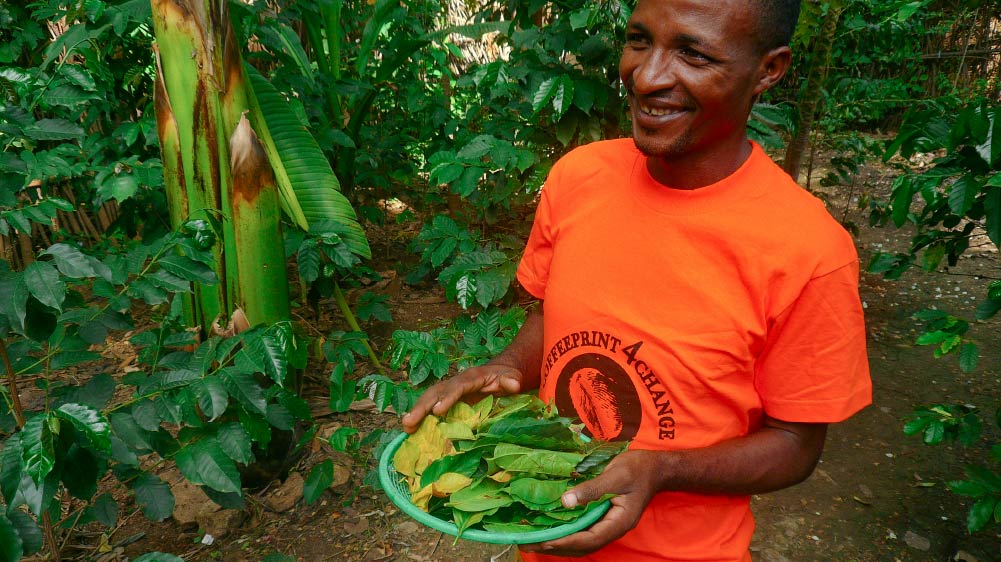
Will tea become more popular?
According to World Tea News, about 5 million people around the world drink coffee and tea. However, in early 2020, the European Food Safety Agency approved the sale of the product across the EU, which means the market is likely to expand in the coming months.
"although the leaves of coffee trees have been used in many countries for hundreds of years, they have not been approved as food ingredients until now," Lena said. We believe it may provide more access to coffee and tea. Enter the European market. "
The fact that coffee tea is neither coffee nor tea and tastes different can also pose a challenge to coffee sellers. According to the experience of Mateusz, "people want it to taste like coffee or have a higher caffeine content than regular tea."
"getting the sweeter and more balanced version they expect makes communication very difficult," he told me. " "I think most mainstream consumers still think they belong to & # 39; team coffee & # 39; or & # 39; team tea & # 39;"
But, Mateusz added, coffee tea can help bridge the gap: "it is likely to become a door drink between specialty coffee and specialty tea."
Lina believes that this approach is also popular with consumers who want to be responsible for their spending habits. "it may appeal to people who are concerned about sustainability because coffee leaves can be harvested all year round."
Finally, according to Mateusz, coffee shops have plenty of opportunities to drink coffee and tea. "it would be great to see coffee and tea from the same manufacturer serving specific coffee," he said. "
He added that the natural sweetness of tea makes it go well with cold and / or carbonated drinks. "try using coffee leaves as Japanese iced tea cooked on ice, and then add a little lemon-you'll love it!"
Matthes believes that coffee and tea will be widely used on coffee shop menus in the future. "especially in Europe, where mascara is still banned. Specialty coffee companies are looking for something that combines coffee and tea and makes sense in coffee-centric enterprises. "
Recently, coffee leaf tea has been approved for sale in Europe, and the growth of brands such as Wize suggests that the beverage has a market outside the country of production. For producers, it provides a way to diversify their agricultural income. As Mateusz puts it, for coffee shops, this may be "a way to bridge the gap between the coffee and tea world". How popular will it become? It remains to be seen.
Important Notice :
前街咖啡 FrontStreet Coffee has moved to new addredd:
FrontStreet Coffee Address: 315,Donghua East Road,GuangZhou
Tel:020 38364473
- Prev
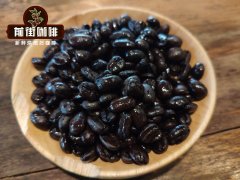
Where is the way out for deep-roasting coffee in the environment where shallow roasting is popular? Should coffee be roasted out of oil?
As we all know, with the rise of the third wave of coffee, medium and light roasting is becoming more and more popular. But the first cup of coffee for almost everyone in the world is black. In recent years, newer and lighter baking curves have become more and more common and easy to use. They are also mainly related to higher quality and more expensive specialty coffee. To learn more about why coffee has always been
- Next
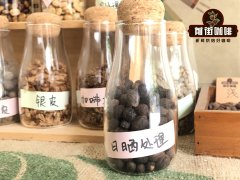
Yemeni Coffee Flavor and Taste characteristics of Yemeni Coffee treated by hand tanning in the Ancient Coffee growing country
Professional coffee knowledge exchange more coffee bean information please follow the coffee workshop (Wechat official account cafe_style) Yemen is one of the ancient coffee growers, the flavor is actually quite wild. Europeans have been obsessed with the wild Yemeni mocha since the 17th century. Yemen has an extremely dry climate with an annual rainfall of 400-750mm. Fortunately, the coffee gene in Yemen comes from Ethiopia.
Related
- Beginners will see the "Coffee pull flower" guide!
- What is the difference between ice blog purified milk and ordinary milk coffee?
- Why is the Philippines the largest producer of crops in Liberia?
- For coffee extraction, should the fine powder be retained?
- How does extracted espresso fill pressed powder? How much strength does it take to press the powder?
- How to make jasmine cold extract coffee? Is the jasmine + latte good?
- Will this little toy really make the coffee taste better? How does Lily Drip affect coffee extraction?
- Will the action of slapping the filter cup also affect coffee extraction?
- What's the difference between powder-to-water ratio and powder-to-liquid ratio?
- What is the Ethiopian local species? What does it have to do with Heirloom native species?

